Home>Gardening & Outdoor>Pool & Spa Care>How Does A Pool Cleaner Work
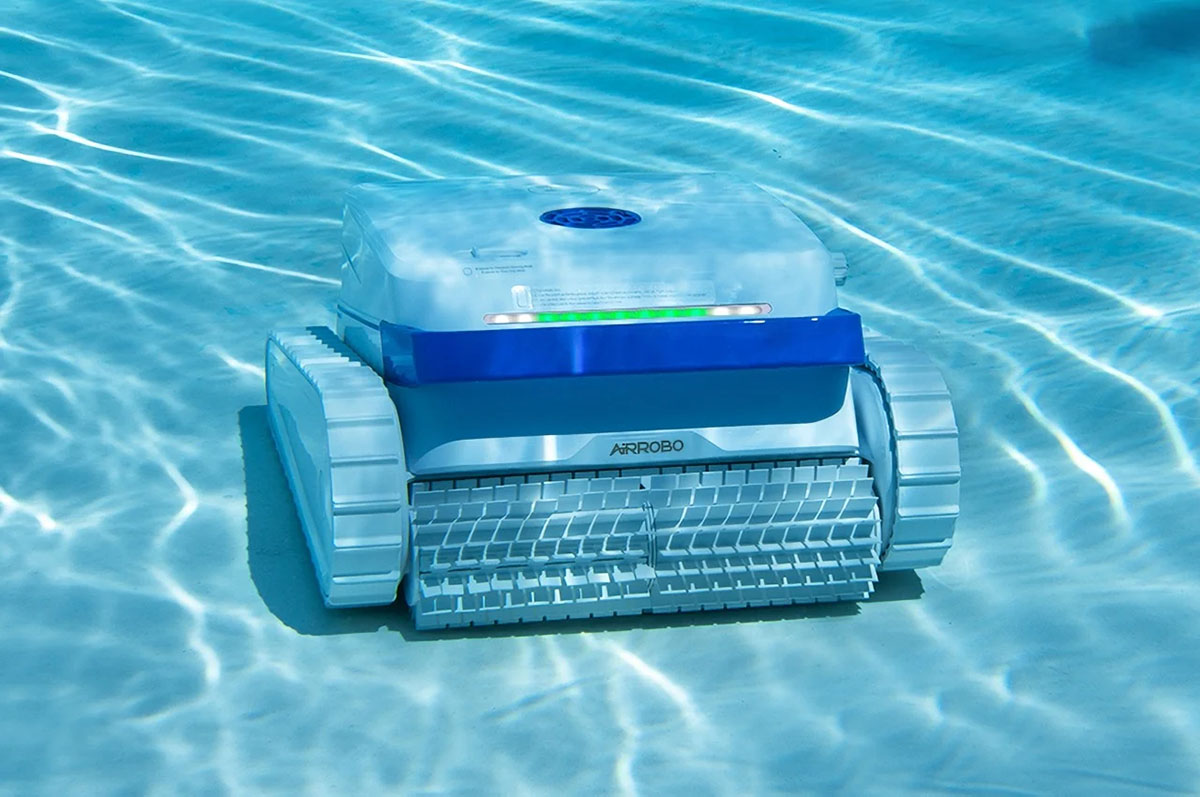

Pool & Spa Care
How Does A Pool Cleaner Work
Modified: October 20, 2024
Learn how a pool cleaner works to keep your pool clean and clear. Get expert tips for pool and spa care to maintain a sparkling swimming environment.
(Many of the links in this article redirect to a specific reviewed product. Your purchase of these products through affiliate links helps to generate commission for Storables.com, at no extra cost. Learn more)
Introduction
Maintaining a pristine pool or spa is a labor of love. From monitoring the water chemistry to skimming debris from the surface, there are numerous tasks that contribute to the overall cleanliness and enjoyment of your aquatic oasis. However, one of the most vital components in the battle against dirt and grime is the pool cleaner. These remarkable devices are designed to automate the process of scrubbing, vacuuming, and filtering, allowing you to spend less time cleaning and more time splashing.
In this article, we will delve into the fascinating world of pool cleaners, exploring the different types available and unraveling the inner workings of these essential maintenance tools. Whether you are a seasoned pool owner or considering diving into the world of aquatic leisure, understanding how pool cleaners function can provide valuable insights into keeping your pool or spa in top condition.
Join us as we uncover the secrets behind these mechanical marvels and gain a deeper appreciation for the technology that helps keep our pools and spas sparkling clean.
Key Takeaways:
- Pool cleaners, like suction-side, pressure-side, and robotic cleaners, automate the task of scrubbing and vacuuming, making pool maintenance easier and more efficient.
- Understanding how pool cleaners work can help pool owners select the best cleaning solution for their pool, ensuring a clean and enjoyable swimming experience.
Read more: How Does A Dolphin Pool Cleaner Work
Types of Pool Cleaners
When it comes to selecting a pool cleaner, there are several options to consider, each offering unique features and benefits tailored to specific cleaning needs. Understanding the differences between these types of pool cleaners can help you make an informed decision based on your pool’s size, shape, and debris accumulation. The three primary types of pool cleaners are suction-side pool cleaners, pressure-side pool cleaners, and robotic pool cleaners.
Each type of pool cleaner operates using distinct mechanisms and power sources, catering to various cleaning requirements and maintenance preferences. Let’s explore the characteristics of each type to shed light on their individual functionalities and advantages.
Suction-Side Pool Cleaners
Suction-side pool cleaners are popular for their simplicity and cost-effectiveness. These cleaners harness the power of the pool’s existing filtration system to operate, relying on the suction generated by the pool pump to propel the cleaner around the pool. As the cleaner moves, it vacuums up debris and dirt, directing it into the pool’s filtration system for removal.
One of the key advantages of suction-side pool cleaners is their ability to effectively pick up small and fine debris, such as sand, silt, and dirt, making them ideal for pools situated in areas prone to dust and sediment accumulation. Additionally, these cleaners are relatively easy to install and maintain, requiring minimal intervention once set up.
However, it’s important to note that suction-side pool cleaners operate based on the pool’s pump capacity and may impact overall water circulation and filtration if not properly sized for the pool’s specifications. They are also less efficient at climbing walls and steps compared to other types of pool cleaners, which may necessitate manual brushing in certain areas.
Despite these considerations, suction-side pool cleaners remain a popular choice for pool owners seeking an affordable and reliable cleaning solution that integrates seamlessly with their pool’s existing filtration infrastructure.
Pressure-Side Pool Cleaners
Pressure-side pool cleaners operate by utilizing the water pressure from the pool’s return jets to navigate and clean the pool surface. These cleaners are connected to a dedicated pressure line, which supplies the necessary power for their operation. As pressurized water flows through the cleaner, it propels the unit across the pool while simultaneously loosening and capturing debris.
One of the notable advantages of pressure-side pool cleaners is their ability to collect large debris such as leaves, acorns, and pebbles, preventing them from clogging the pool’s filtration system. Some models are equipped with their own filter bags, which further alleviates the burden on the pool’s main filter, enhancing overall filtration efficiency.
Furthermore, pressure-side pool cleaners are adept at scrubbing the pool walls and floors, providing thorough cleaning coverage throughout the pool’s surfaces. This feature contributes to a more comprehensive cleaning routine, ensuring that algae and other stubborn contaminants are effectively removed.
While pressure-side pool cleaners offer robust cleaning capabilities, they do require a dedicated pressure line and booster pump, which may involve additional installation and operational costs. However, the enhanced cleaning performance and the ability to reduce strain on the pool’s filtration system make pressure-side pool cleaners a compelling choice for pool owners seeking a comprehensive and efficient cleaning solution.
Regularly clean and maintain your pool filter to ensure that your pool cleaner can work effectively and efficiently. This will help prevent clogs and keep your pool water clean.
Robotic Pool Cleaners
Robotic pool cleaners represent a cutting-edge approach to pool maintenance, combining advanced technology with unparalleled convenience. These autonomous cleaners are self-contained units equipped with built-in filtration systems and electric motors, eliminating the need to rely on the pool’s circulation system for operation. Robotic pool cleaners are powered by low-voltage electricity, typically drawing energy from a standard electrical outlet or a dedicated transformer.
One of the most compelling features of robotic pool cleaners is their exceptional cleaning performance. Equipped with powerful scrubbing brushes and high-capacity filtration systems, these cleaners excel at removing both fine debris and larger particles, ensuring a thorough and meticulous cleaning process. Additionally, robotic pool cleaners are proficient at climbing walls and navigating steps, delivering comprehensive cleaning coverage across all surfaces of the pool.
Another notable advantage of robotic pool cleaners is their energy efficiency. By operating independently of the pool’s pump and filtration system, these cleaners can contribute to energy savings over time, potentially reducing overall electricity consumption associated with pool maintenance.
While robotic pool cleaners offer unparalleled convenience and advanced cleaning capabilities, they typically represent a higher initial investment compared to other types of pool cleaners. However, their efficiency, thoroughness, and autonomous operation make them an attractive choice for pool owners seeking a hands-free and technologically advanced solution for maintaining pristine pool water and surfaces.
Read more: How Does A Pool Vacuum Cleaner Work
How Pool Cleaners Work
Regardless of the specific type, pool cleaners share the common goal of efficiently removing debris and contaminants from the pool’s surfaces and water, contributing to a clean and inviting aquatic environment. Understanding the fundamental principles behind how pool cleaners operate can provide valuable insights into their functionality and effectiveness.
Pool cleaners leverage various mechanisms and technologies to accomplish their cleaning tasks, with each type offering distinct advantages and operational approaches.
Suction-side pool cleaners rely on the suction generated by the pool’s pump to propel the cleaner across the pool while simultaneously vacuuming debris. As the cleaner moves, it navigates the pool’s surfaces, capturing dirt and particles and directing them into the pool’s filtration system for removal.
Pressure-side pool cleaners harness the power of pressurized water from the pool’s return jets to propel the cleaner and dislodge debris. By utilizing the force of the water, these cleaners effectively loosen and capture larger debris while scrubbing the pool’s surfaces, contributing to a thorough cleaning routine.
Robotic pool cleaners operate independently of the pool’s circulation system, utilizing built-in electric motors and filtration systems to navigate the pool, scrub surfaces, and collect debris. These autonomous cleaners offer exceptional cleaning performance and energy efficiency, representing a technologically advanced and convenient solution for pool maintenance.
Regardless of the specific type, pool cleaners are designed to enhance the cleanliness and hygiene of the pool, contributing to a visually appealing and enjoyable swimming experience. By automating the process of debris removal and surface scrubbing, pool cleaners alleviate the manual effort required for maintaining a pristine pool, allowing owners to spend more time relaxing and less time cleaning.
The Cleaning Process
Pool cleaners play a pivotal role in the overall cleaning process, working diligently to remove debris, algae, and other contaminants that can compromise the clarity and hygiene of the pool water. The cleaning process varies slightly depending on the type of pool cleaner being used, but each type is designed to deliver a comprehensive and effective cleaning routine.
For suction-side pool cleaners, the cleaning process begins as the unit is connected to the skimmer or a dedicated suction line, utilizing the suction power generated by the pool’s pump to propel the cleaner across the pool. As the cleaner moves, it vacuums up debris and dirt, directing it into the pool’s filtration system for removal. This continuous process effectively captures fine particles, sediment, and small debris, contributing to a cleaner and clearer pool environment.
Pressure-side pool cleaners initiate the cleaning process by connecting to a dedicated pressure line, which supplies the necessary power for their operation. As pressurized water flows through the cleaner, it propels the unit across the pool while simultaneously loosening and capturing debris. Some models are equipped with their own filter bags, further enhancing the cleaning process by preventing large debris from entering the pool’s main filtration system.
Robotic pool cleaners showcase a sophisticated cleaning process, utilizing advanced technology to navigate the pool, scrub surfaces, and collect debris. Equipped with powerful scrubbing brushes and high-capacity filtration systems, these autonomous cleaners excel at removing both fine debris and larger particles, ensuring a thorough and meticulous cleaning routine. Additionally, robotic pool cleaners are proficient at climbing walls and navigating steps, delivering comprehensive cleaning coverage across all surfaces of the pool.
Throughout the cleaning process, pool cleaners work tirelessly to maintain the cleanliness and clarity of the pool water, contributing to a visually appealing and inviting swimming environment. By automating the tasks of debris removal and surface scrubbing, pool cleaners enable pool owners to enjoy crystal-clear water and pristine surfaces without the need for extensive manual intervention.
Conclusion
Pool cleaners are indispensable allies in the ongoing battle to maintain clean and inviting pool and spa environments. Whether it’s the cost-effective simplicity of suction-side cleaners, the robust cleaning capabilities of pressure-side cleaners, or the cutting-edge technology of robotic cleaners, each type offers unique advantages tailored to diverse cleaning needs and preferences.
By understanding the inner workings and functionalities of these pool cleaners, pool and spa owners can make informed decisions when selecting the most suitable cleaning solution for their aquatic retreats. Whether the priority is efficient debris removal, comprehensive surface scrubbing, or autonomous operation, there is a pool cleaner designed to meet those needs.
Pool cleaners not only streamline the maintenance process but also contribute to a healthier and more enjoyable swimming experience. By automating the tasks of debris removal and surface cleaning, these devices allow pool and spa owners to spend less time on maintenance and more time enjoying their aquatic havens.
As technology continues to advance, pool cleaners are evolving to offer even greater efficiency, convenience, and cleaning performance. From energy-efficient robotic cleaners to versatile suction-side and pressure-side models, the future of pool maintenance is poised to deliver unparalleled ease and effectiveness.
Embracing the capabilities of pool cleaners empowers pool and spa owners to prioritize relaxation and recreation, confident in the knowledge that their cleaning needs are being expertly managed. With the right pool cleaner at their disposal, maintaining a sparkling pool or spa becomes a seamless and rewarding endeavor, ensuring that every dip is met with crystal-clear waters and pristine surfaces.
Frequently Asked Questions about How Does A Pool Cleaner Work
Was this page helpful?
At Storables.com, we guarantee accurate and reliable information. Our content, validated by Expert Board Contributors, is crafted following stringent Editorial Policies. We're committed to providing you with well-researched, expert-backed insights for all your informational needs.
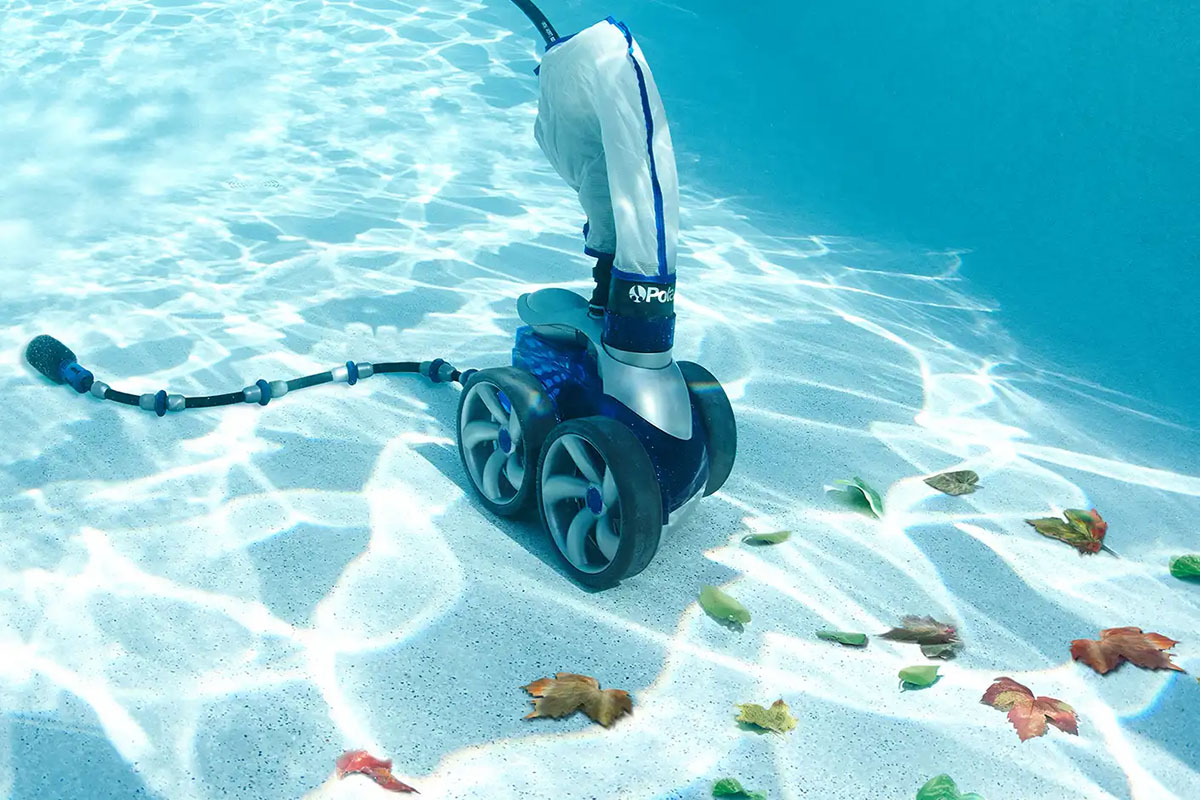
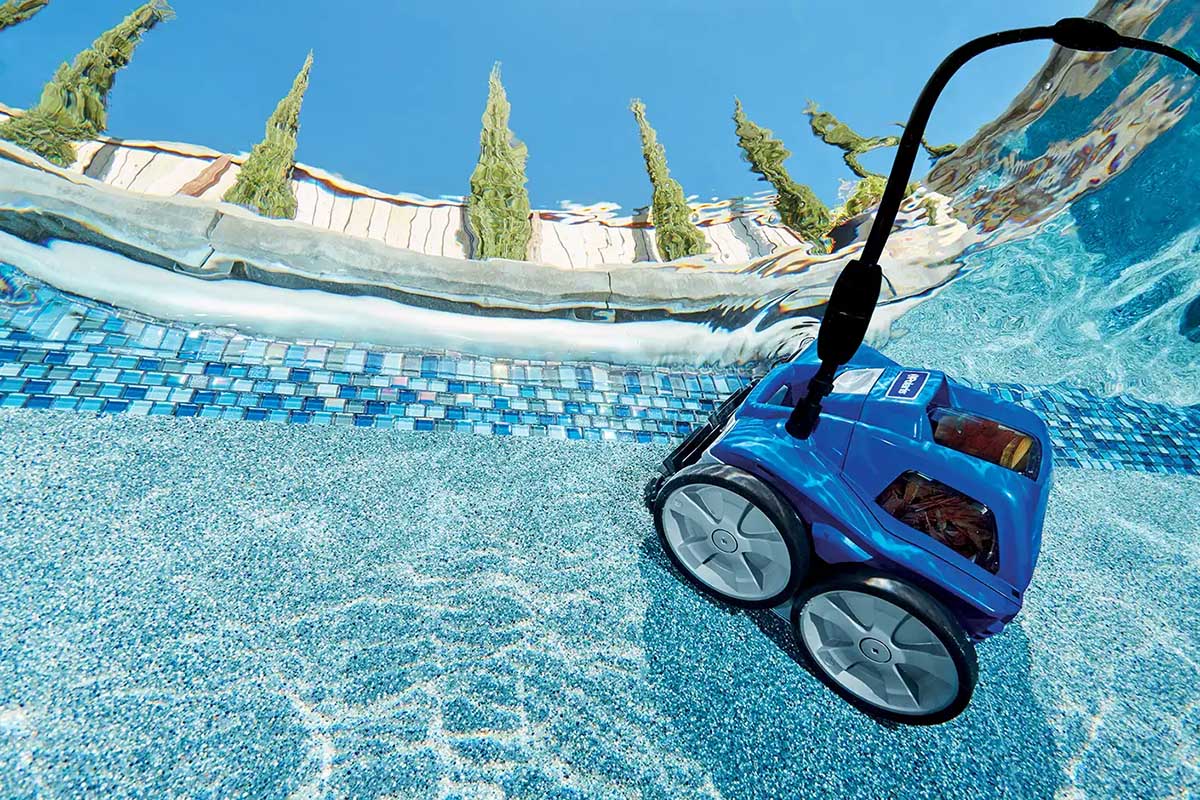
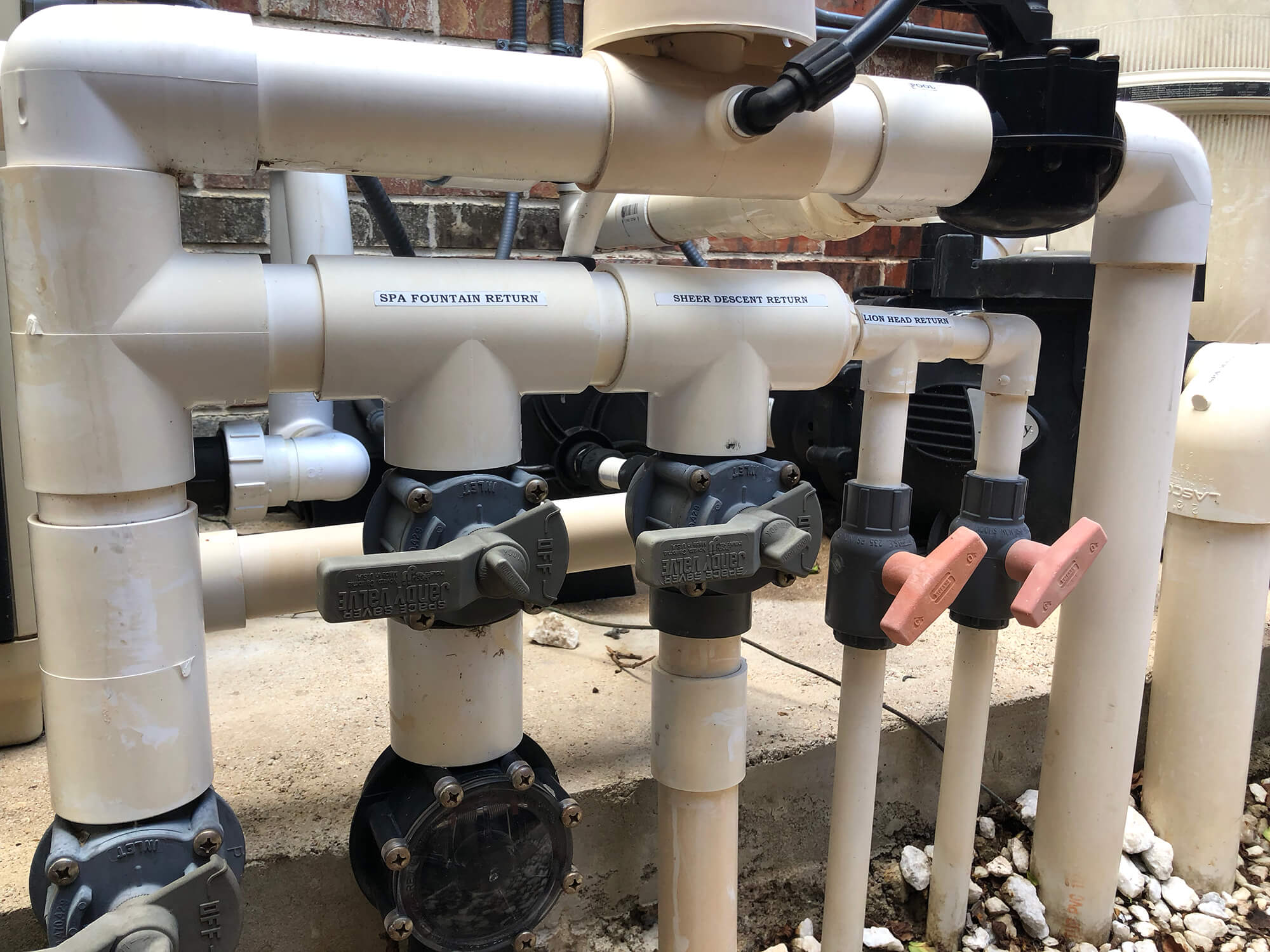
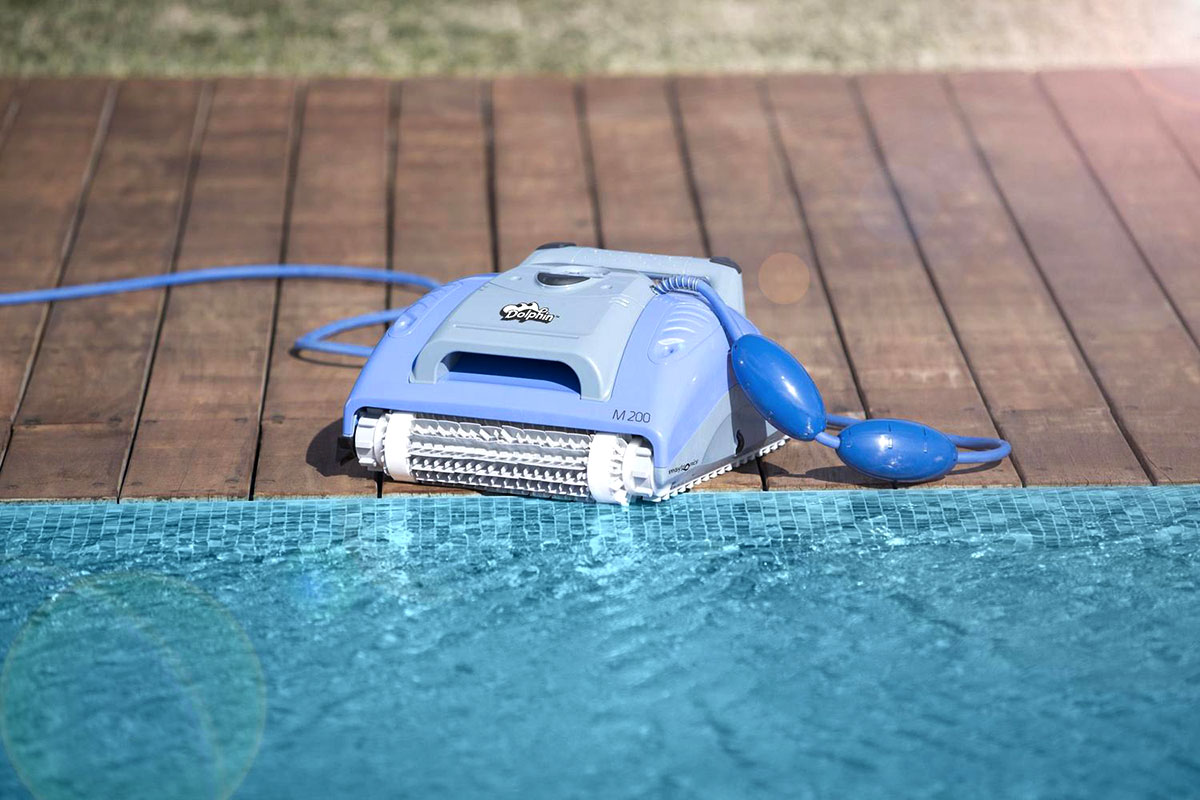
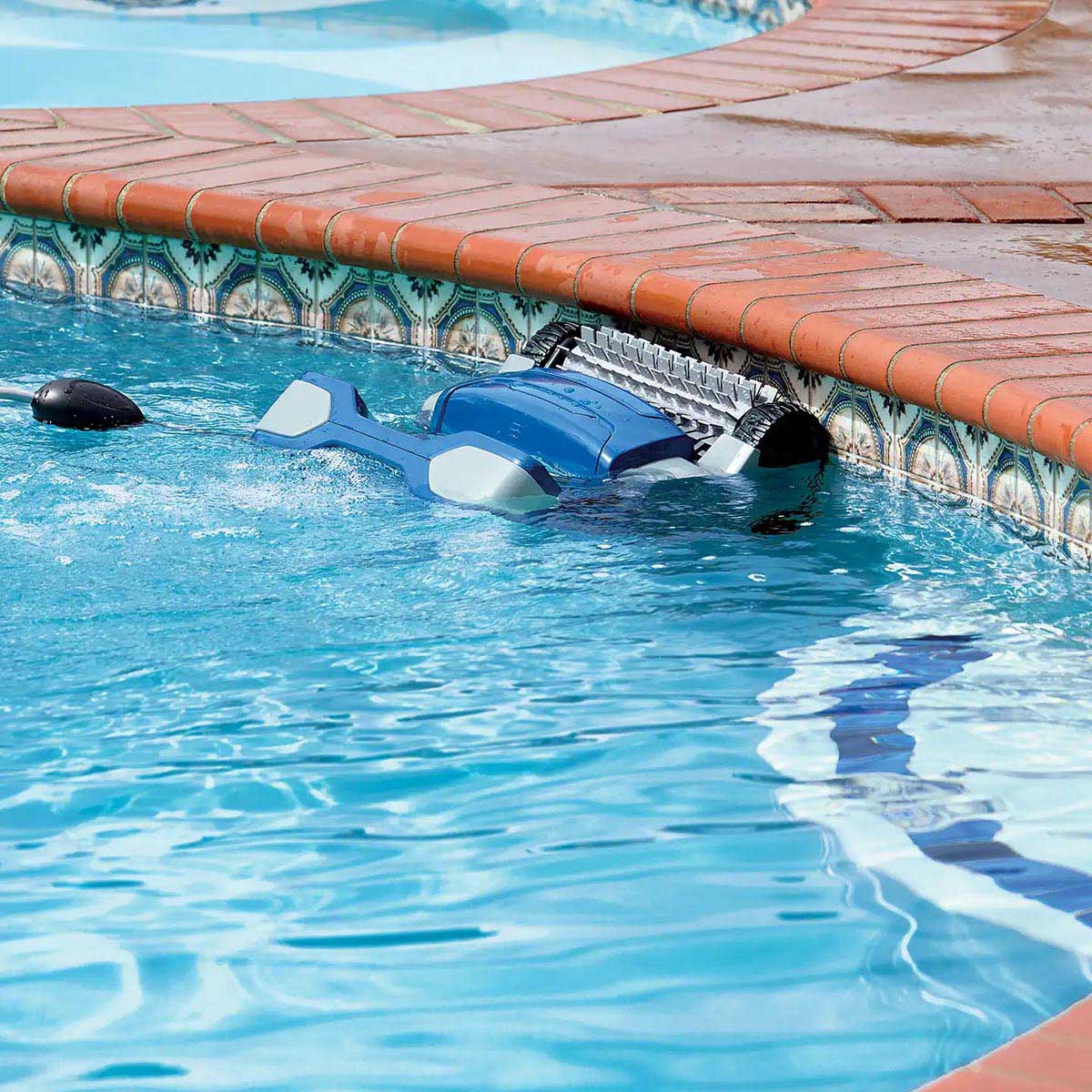

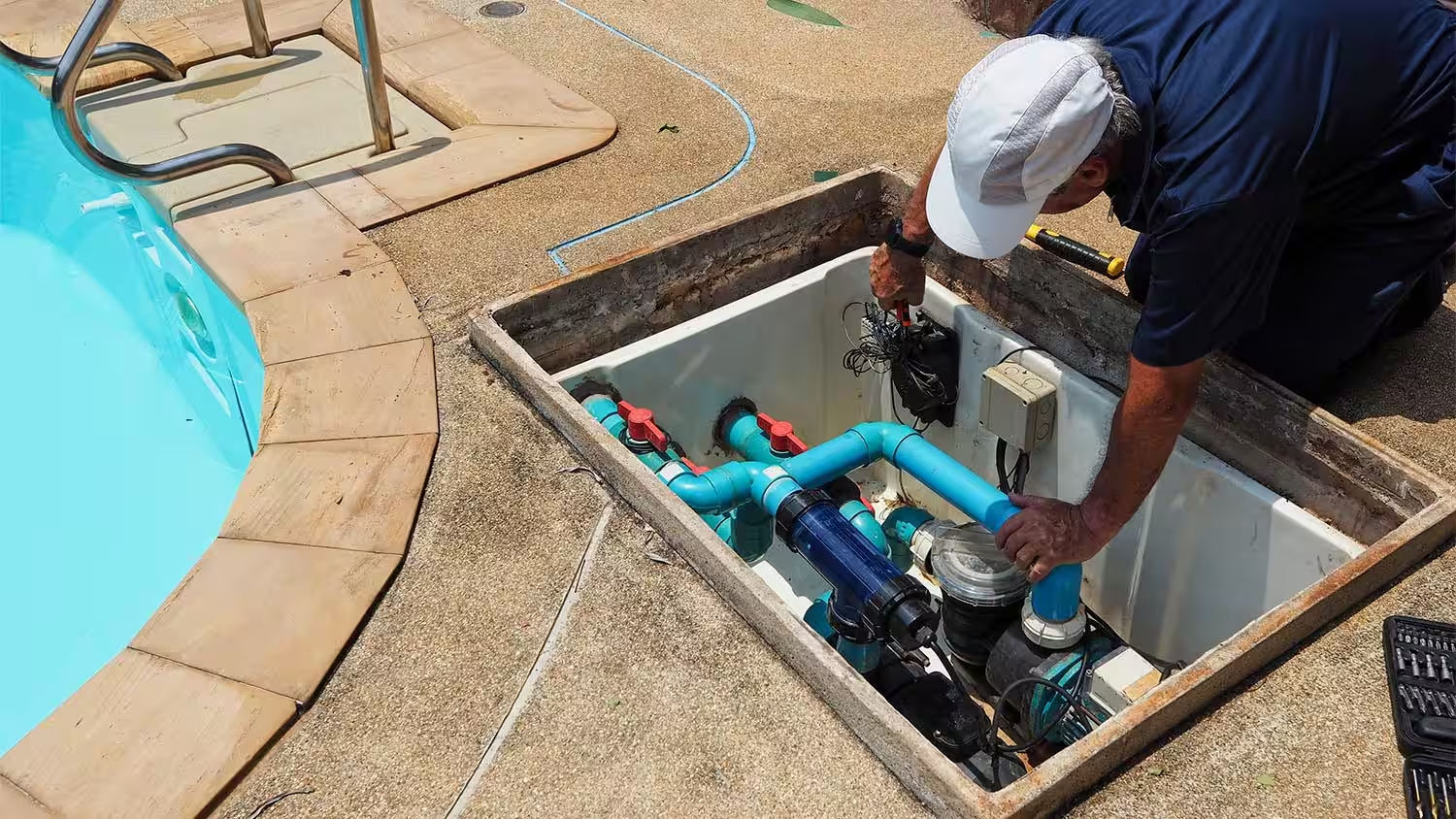
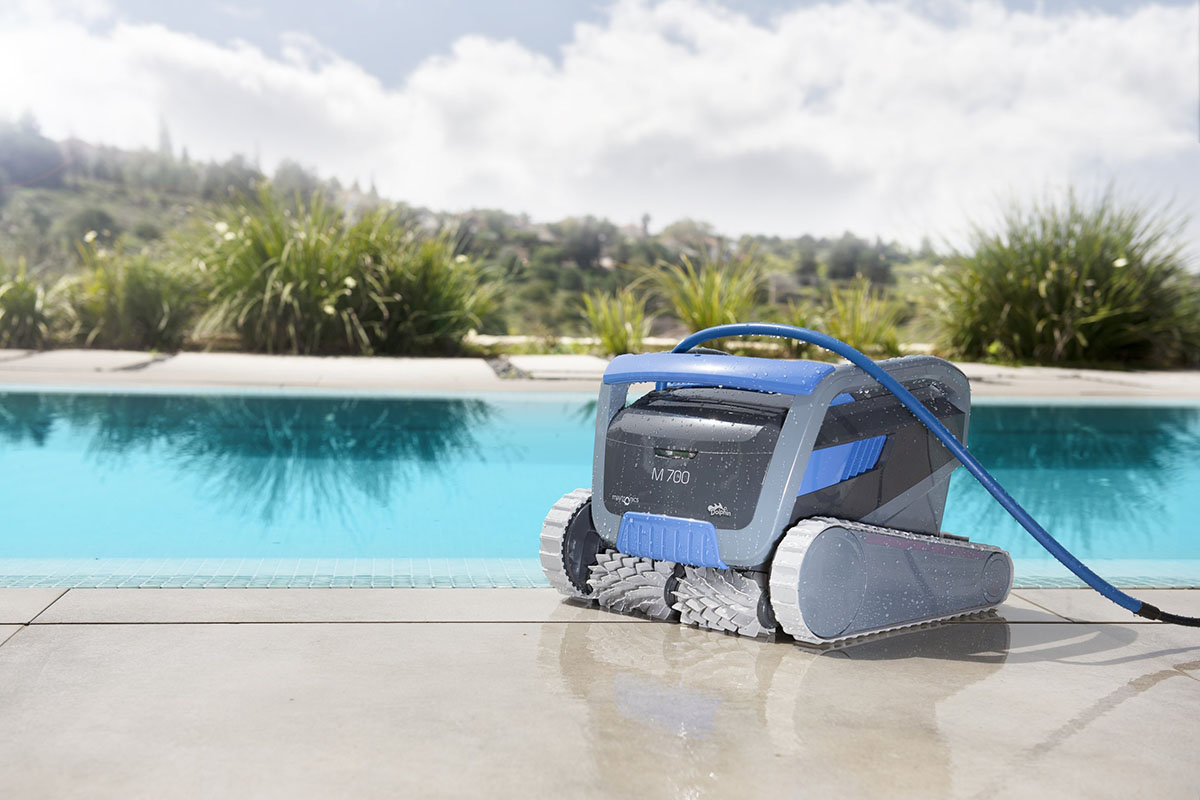

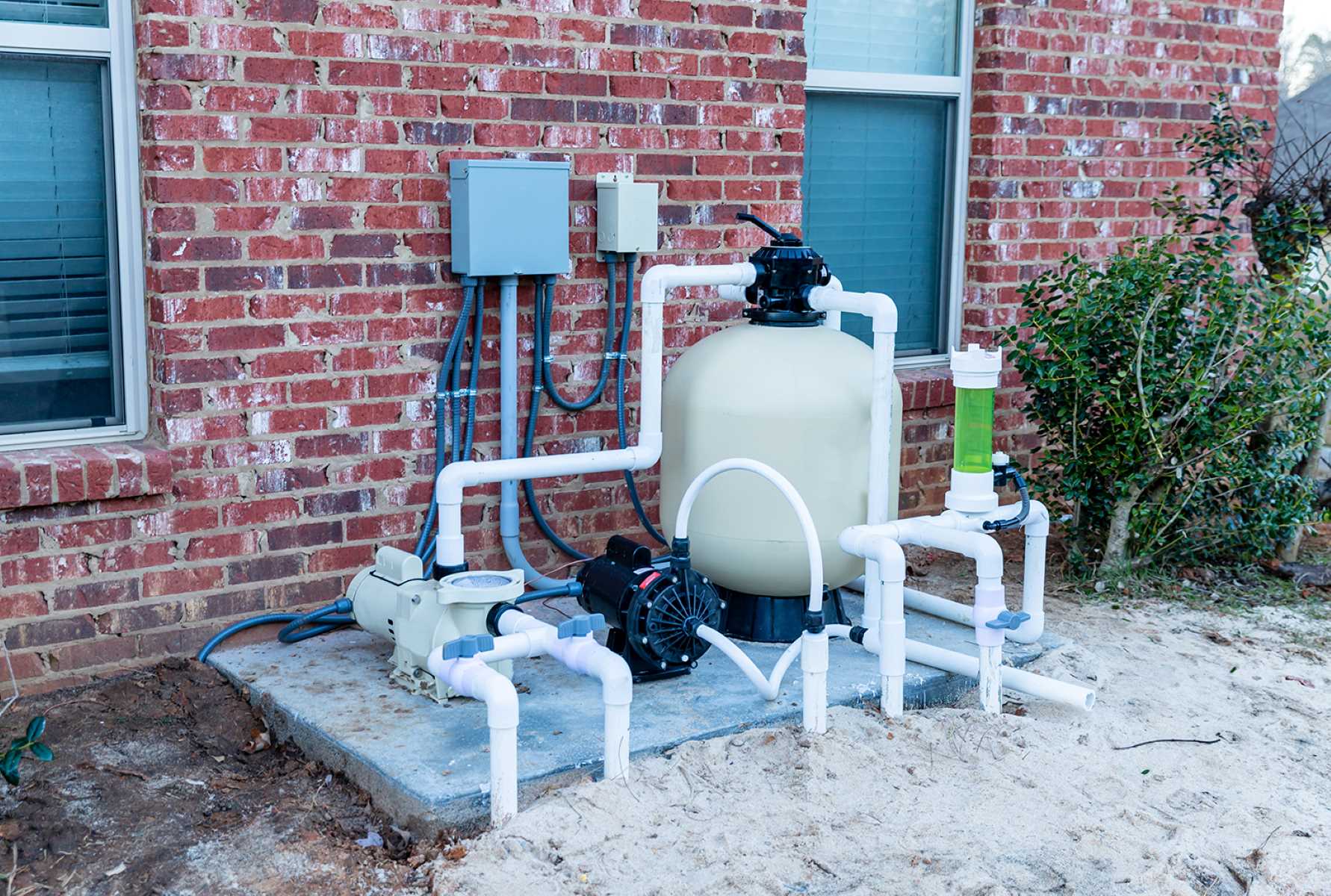
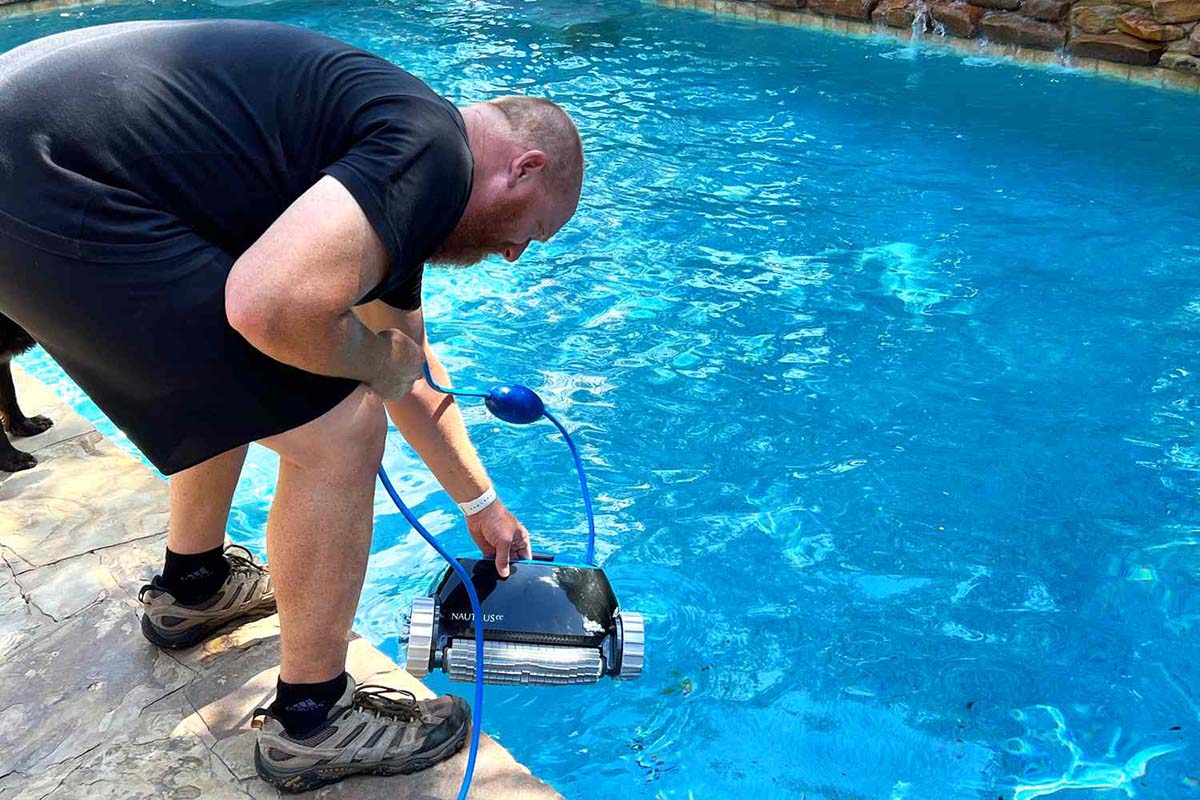
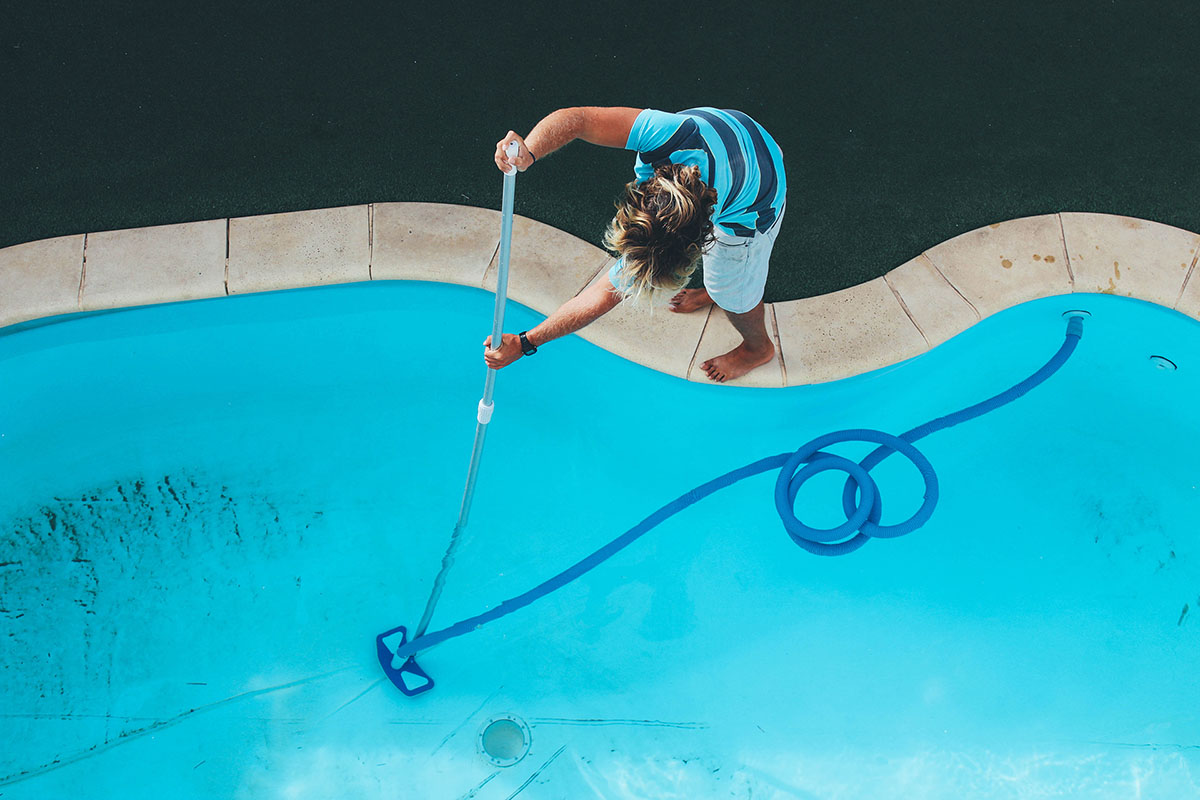
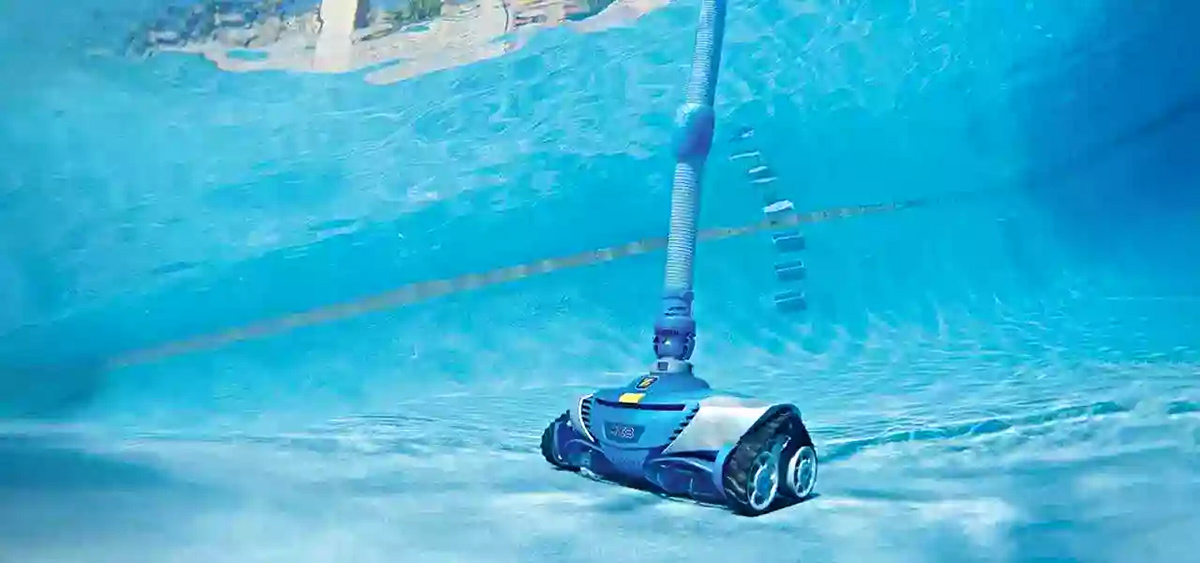
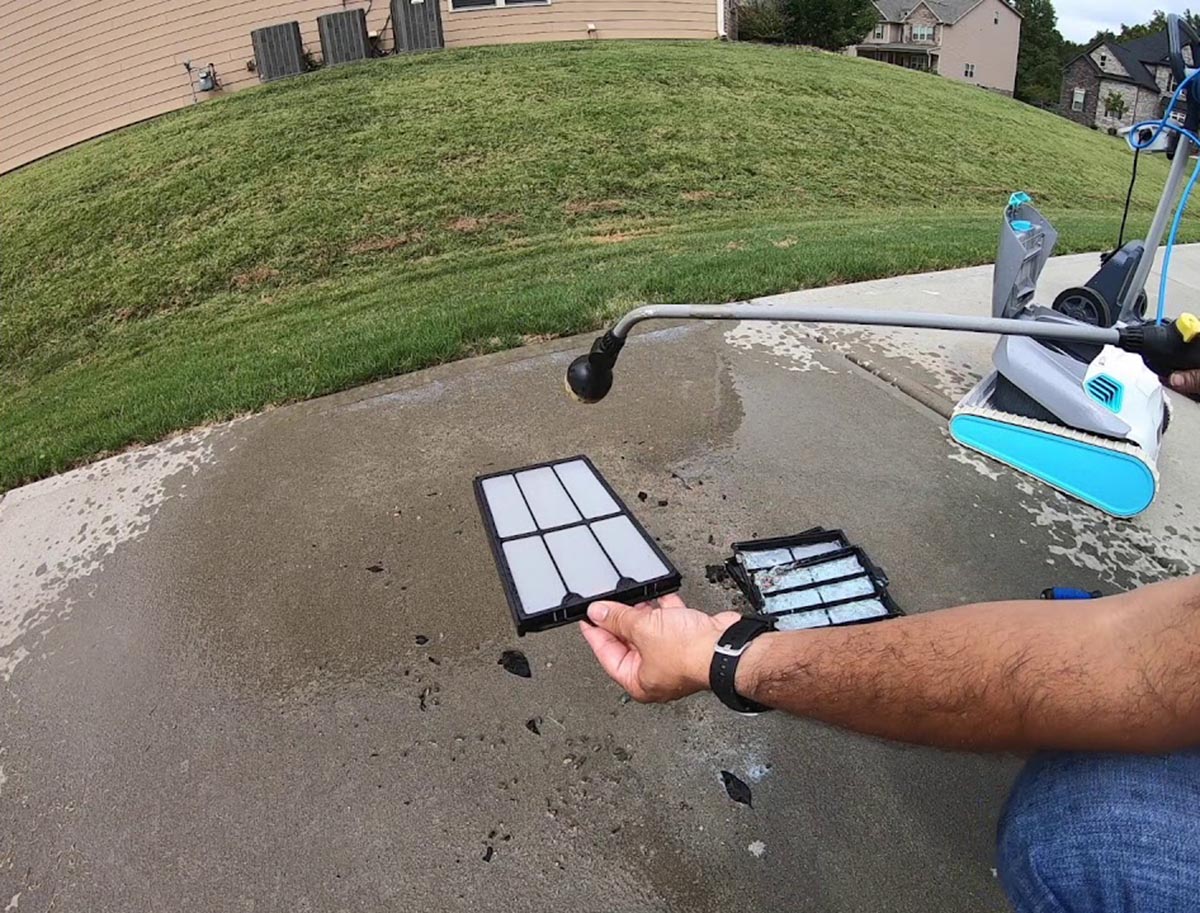

0 thoughts on “How Does A Pool Cleaner Work”